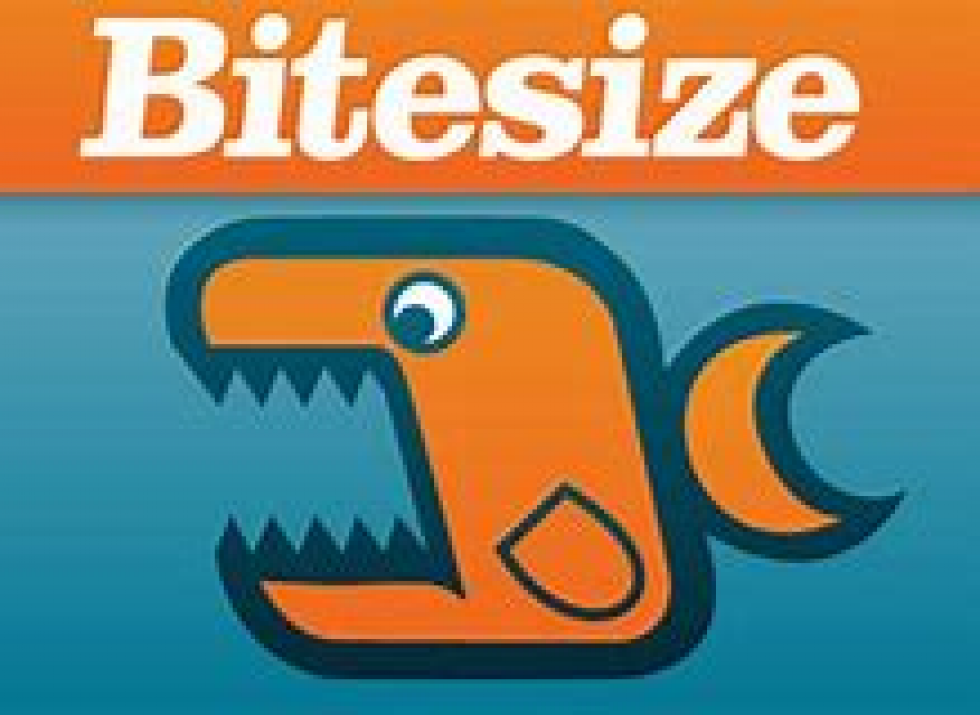Maths
Autumn 1
This term we have been learning about place value and what each digit represents.
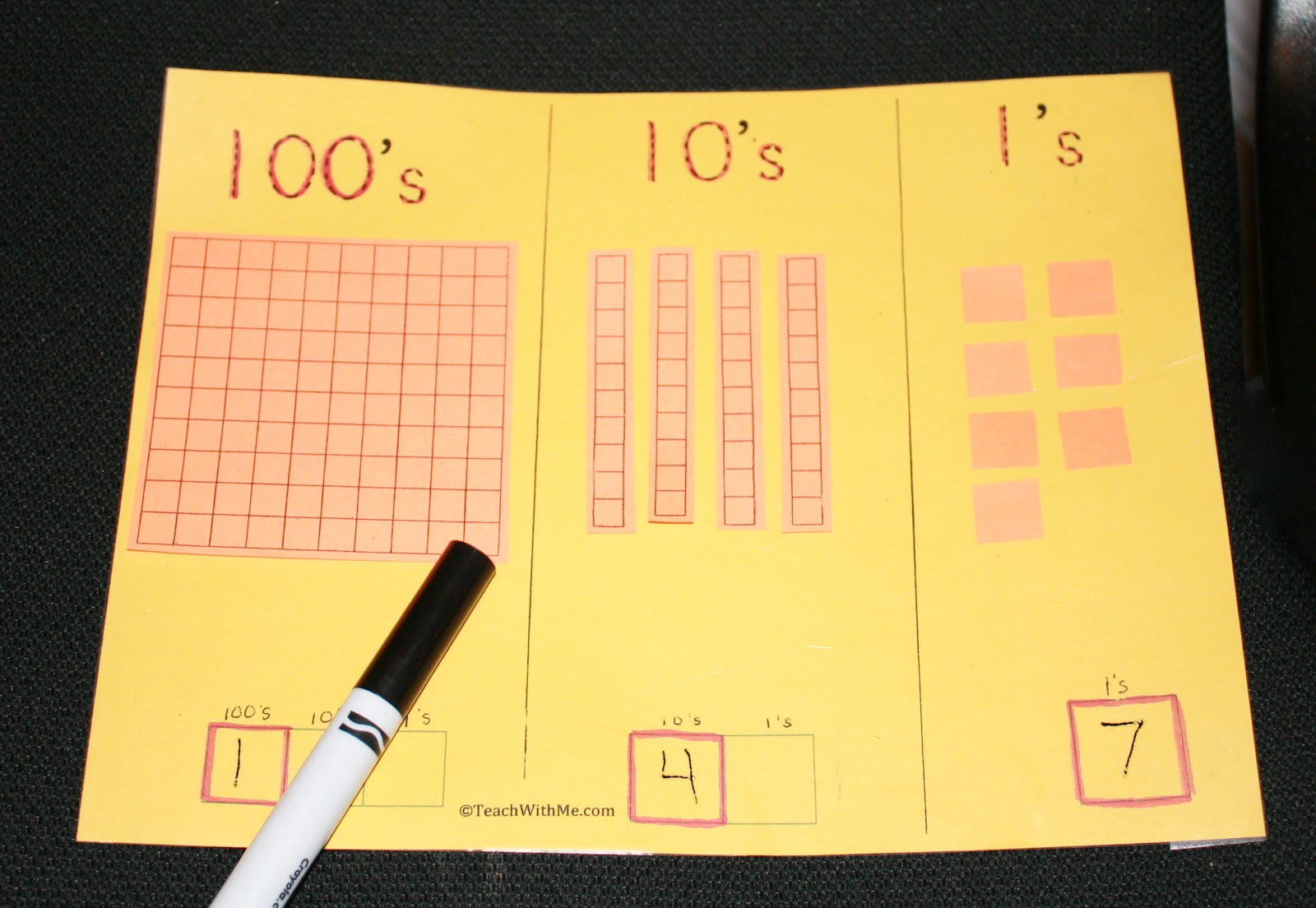


Autumn 2
This term we have been learning about multiples.

Today we have been looking at factors.



Click the link below to play TTRockstars.
Today we are looking at common factors.
- A common factor is a number that can be divided into two different numbers, without leaving a remainder.
- Often numbers can share more than one common factor.
- It is possible to find the common factors of more than two numbers. Please click the link below and watch for further understanding.
https://www.bbc.co.uk/bitesize/topics/z6j2tfr/articles/z72r97h
Have a look at some of our work.


Today the children have been learning all about Prime and Composite numbers.

Composite number - A whole number that can be made by multiplying other whole numbers.
Prime numbers are special numbers, greater than 1, that have exactly two factors, themselves and 1.
19 is a prime number. It can only be divided by 1 and 19.
9 is not a prime number. It can be divided by 3 as well as 1 and 9.
The prime numbers below 20 are: 2, 3, 5, 7, 11, 13, 17, 19.
Don't forget: the number 1 is not a prime number as it only has one factor.
Click on the link below to learn all about prime numbers.
https://www.bbc.co.uk/bitesize/topics/zfq7hyc/articles/z2q26fr
Today the children are learning all about Square Numbers.
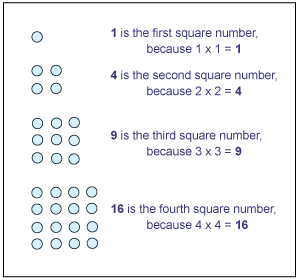
The children really enjoyed today's lesson.
Please click on the BBC Bitesize logo for further understanding.
This week we have also been practicing our bus stop method for division.
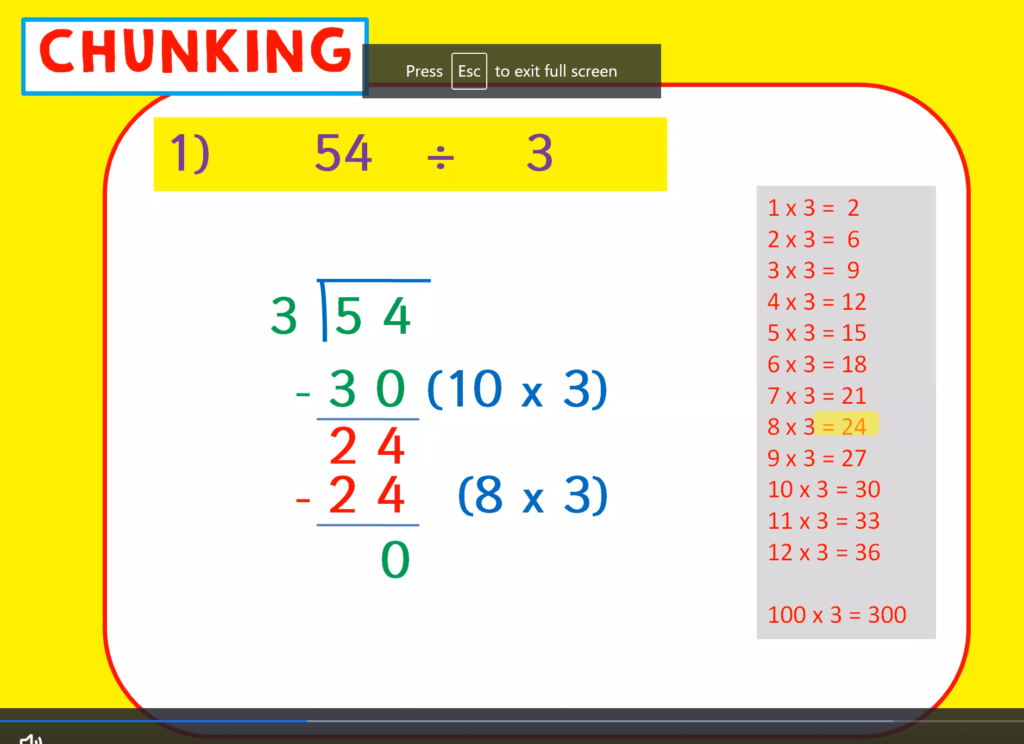
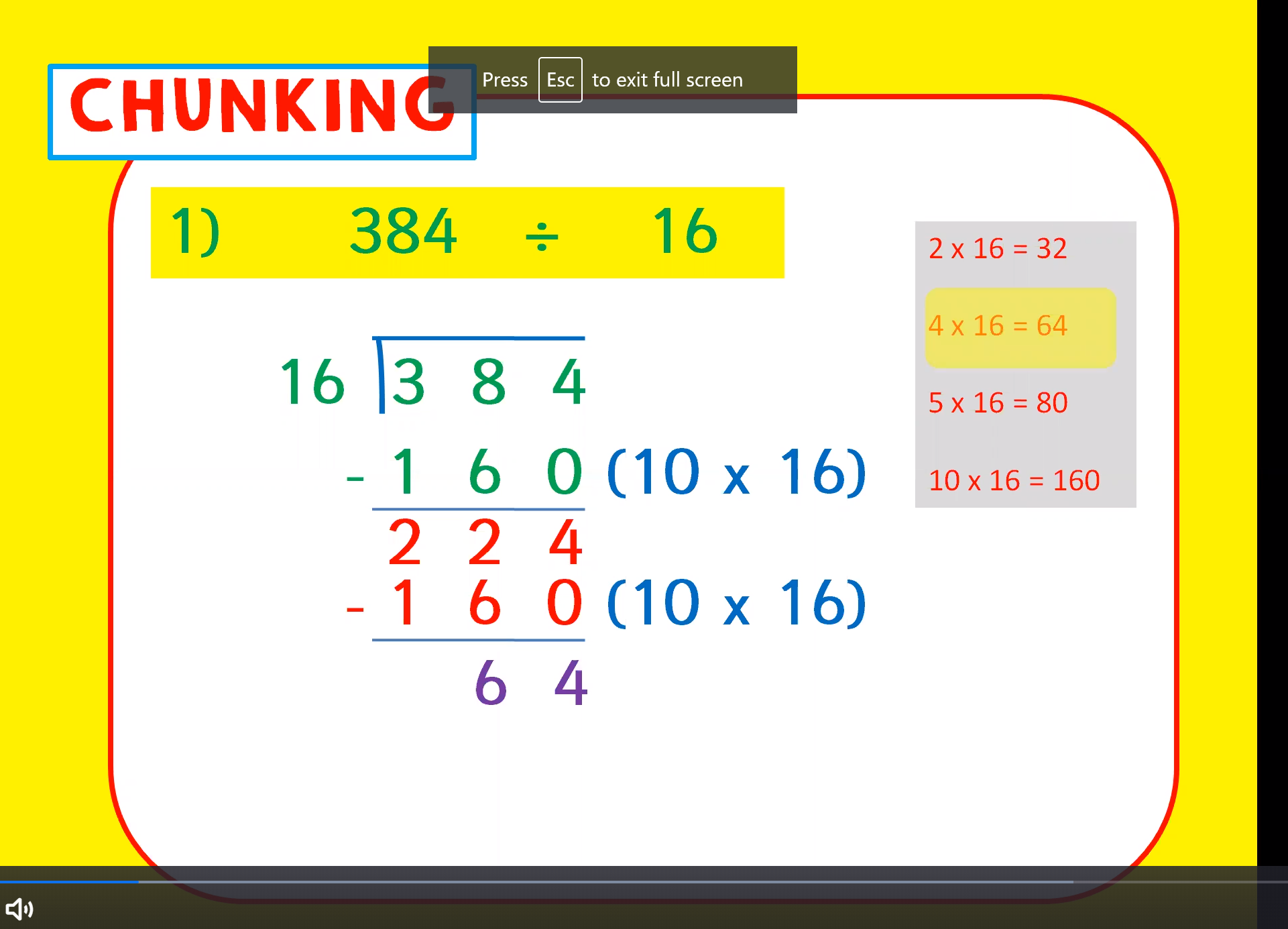
Create a fact box to help you. Then you can start subtracting by using your fact box.
Click on the link below for further understanding.
The children have been really busy learning the chunking method. They are building their confidence daily by putting the techniques they have learned in word problems.
This week the children will be learning Fractions.
What are Fractions?
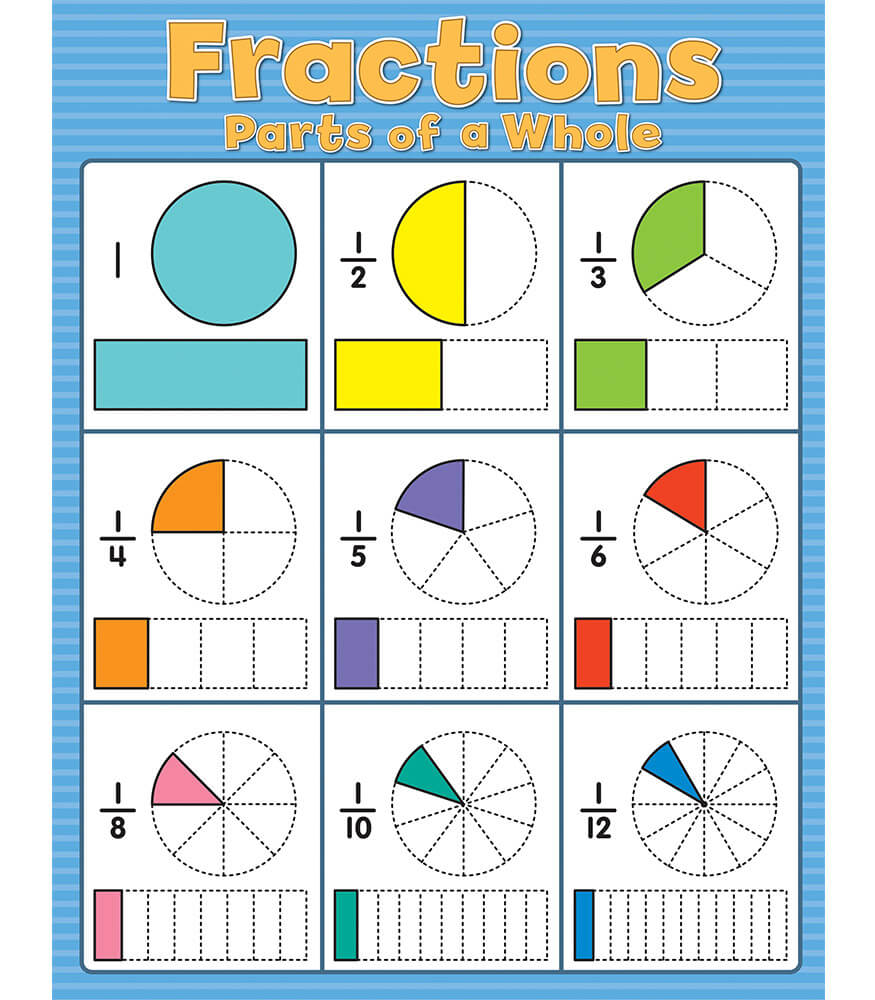

Decimals as fractions.
The children found this a little tricky at first but then quickly began to see the relationship with the numbers using a 100 square.
Today we looked at equivalent fractions
Equivalent means the same value or amount.


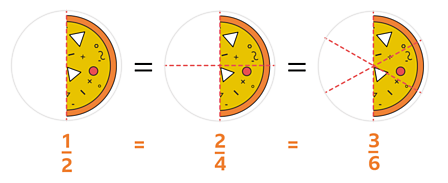
-
Sometimes fractions can be simplified into smaller ones.
-
These fractions are said to be equivalent.
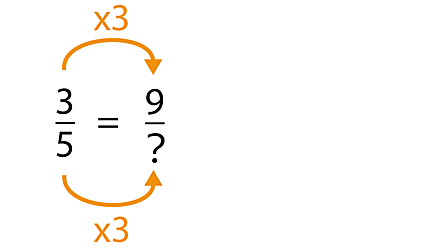
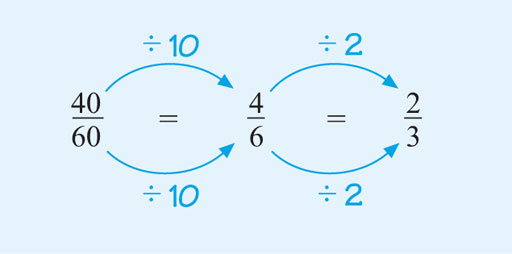
Remember that whatever number you are multiplying or dividing the numerator with, you have to do the same with the denominator. See above example
The children have been working extremely hard. Well done everyone for not giving up.
Today the class looked at comparing and ordering fractions.

When the denominators are the same, the greater the numerator, the greater the fraction.
Today the children have been looking at comparing mixed fractions.
Click on the BBC Bitesize logo for further understanding.
A unit fraction is any fraction where the numerator is 1, eg ¼. A non-unit fraction is a fraction where the numerator is not 1, eg ?. Mixed fractions are a mix of whole numbers and a fraction together, eg 1 ¼.
This week we will be looking at Multiplication.



Please support your child's learning by asking them to practice their timetables

When multiplying a 2-digit number by a 1-digit number you can use both mental and written methods.
Click on the BBC Bitesize logo and scroll down to watch a short clip.
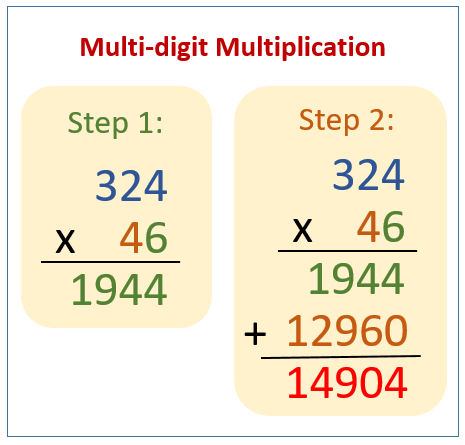
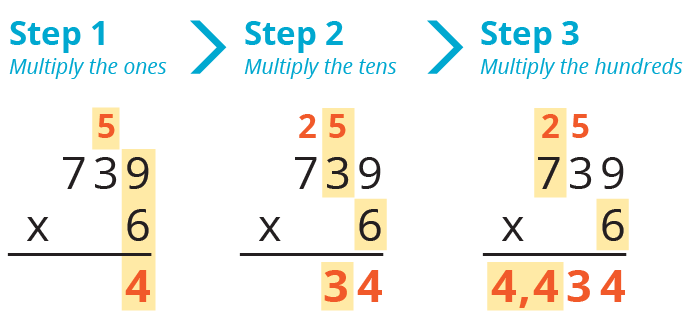
As you can see from the pictures above, there are a few simple steps for your child to do to answer the calculations.
When following the short multiplication method, always double-check your work and that each digit is in the correct place value.
Please can you support your child by helping them learn their timetables.
Click the TTRockstar log below for further support.

Miss Mushtaq and Miss Gascoigne are extremely proud of all the children this week. They have worked fantastically. They have looked at multiplying 2 digits by 1 digit, multiplying 3 digits by 1 digit, multiplying 4 digits by 1 digit, and then finished the week off by completing calculations such as multiplying 4 digits by 2 digits. Once again well-done children.
This week the children have been looking at Area and perimeter.
Below is how you work out the Area. The formula is base x height

Below is how you work out the perimeter.

This week the children will be looking at Time.
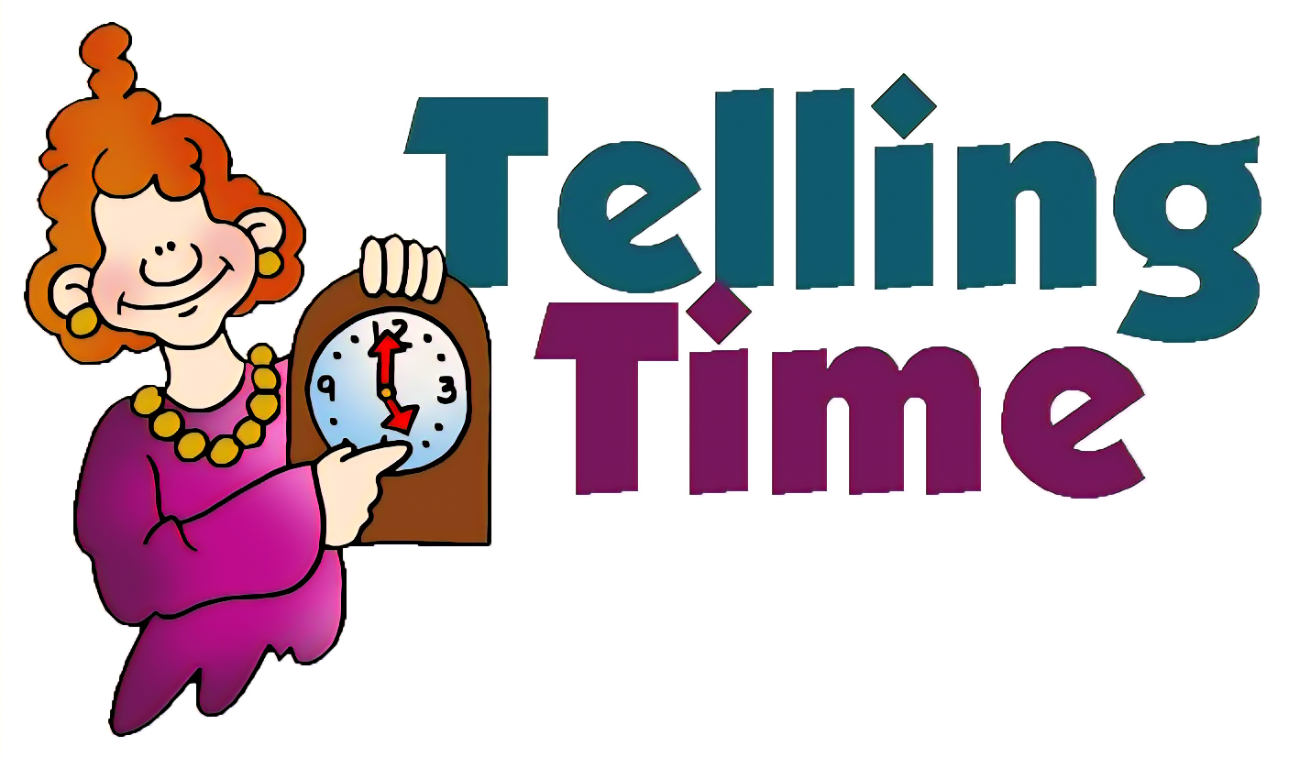
Understanding how to tell the time is very important to learn. It will help children to understand and manage their daily routines such as what time to wake, what time to get to school and understand how long any activities they do.
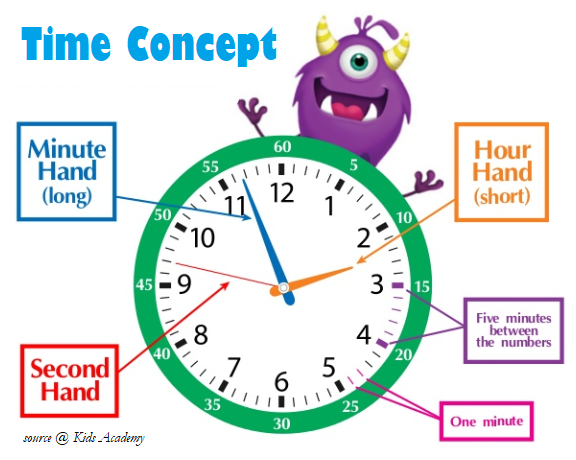
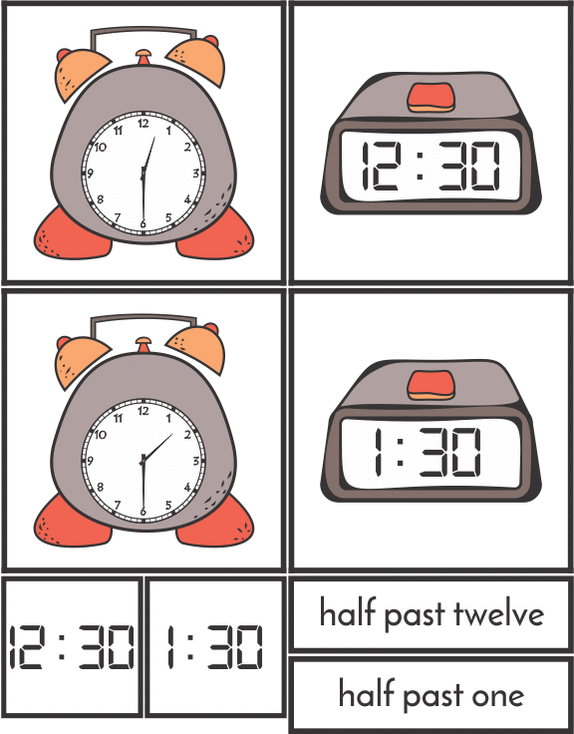
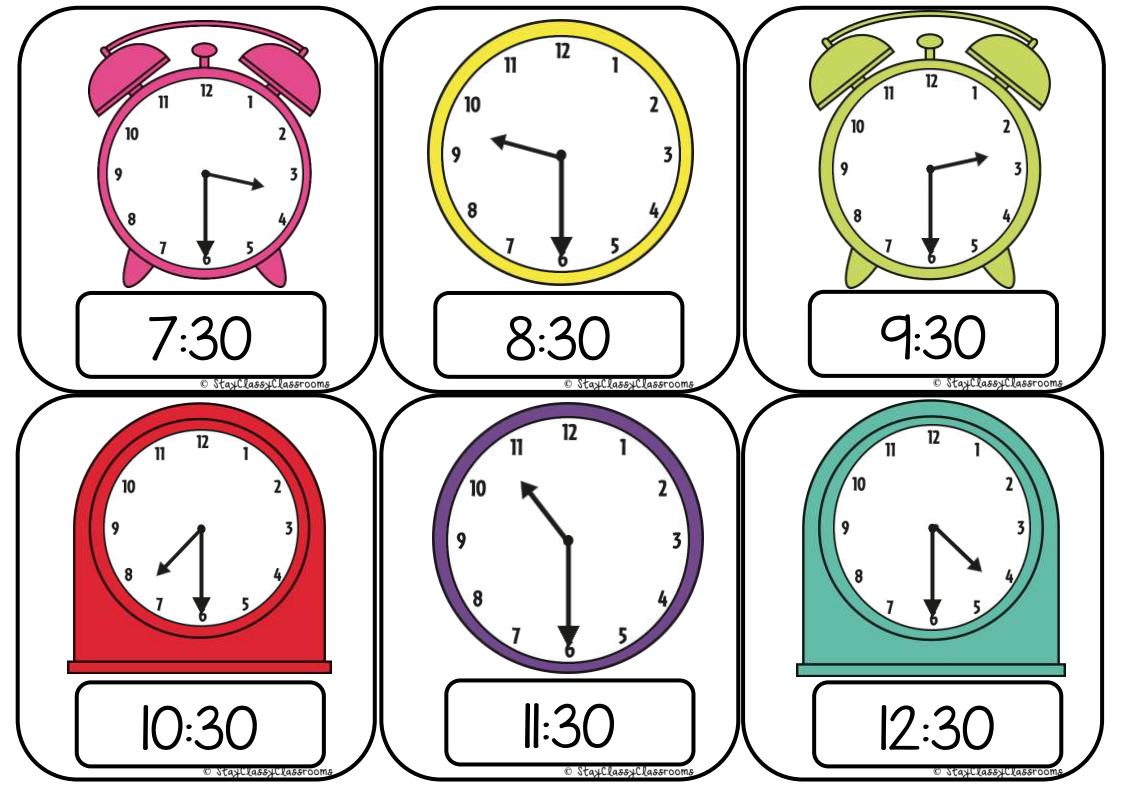
Click on the logo below to play the Telling the Time game.
 Reedley Primary School
Reedley Primary School![IMG_E4488[1].JPG](/uploads/378/images/IMG_E4488[1].JPG)

